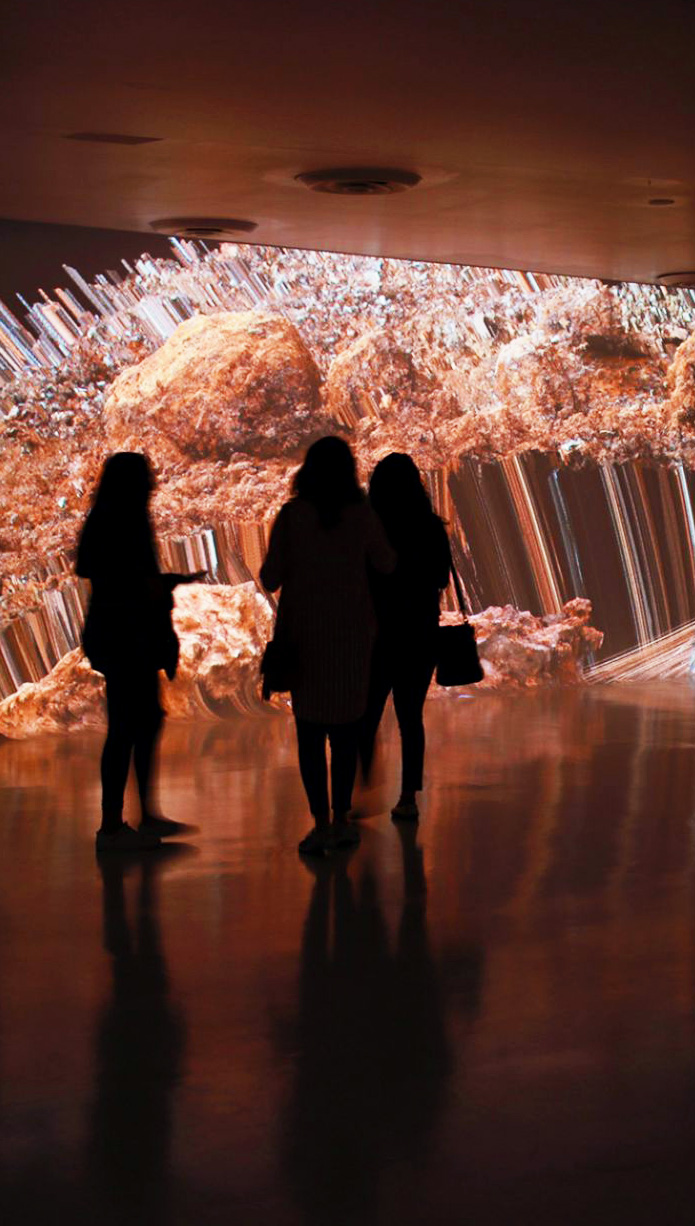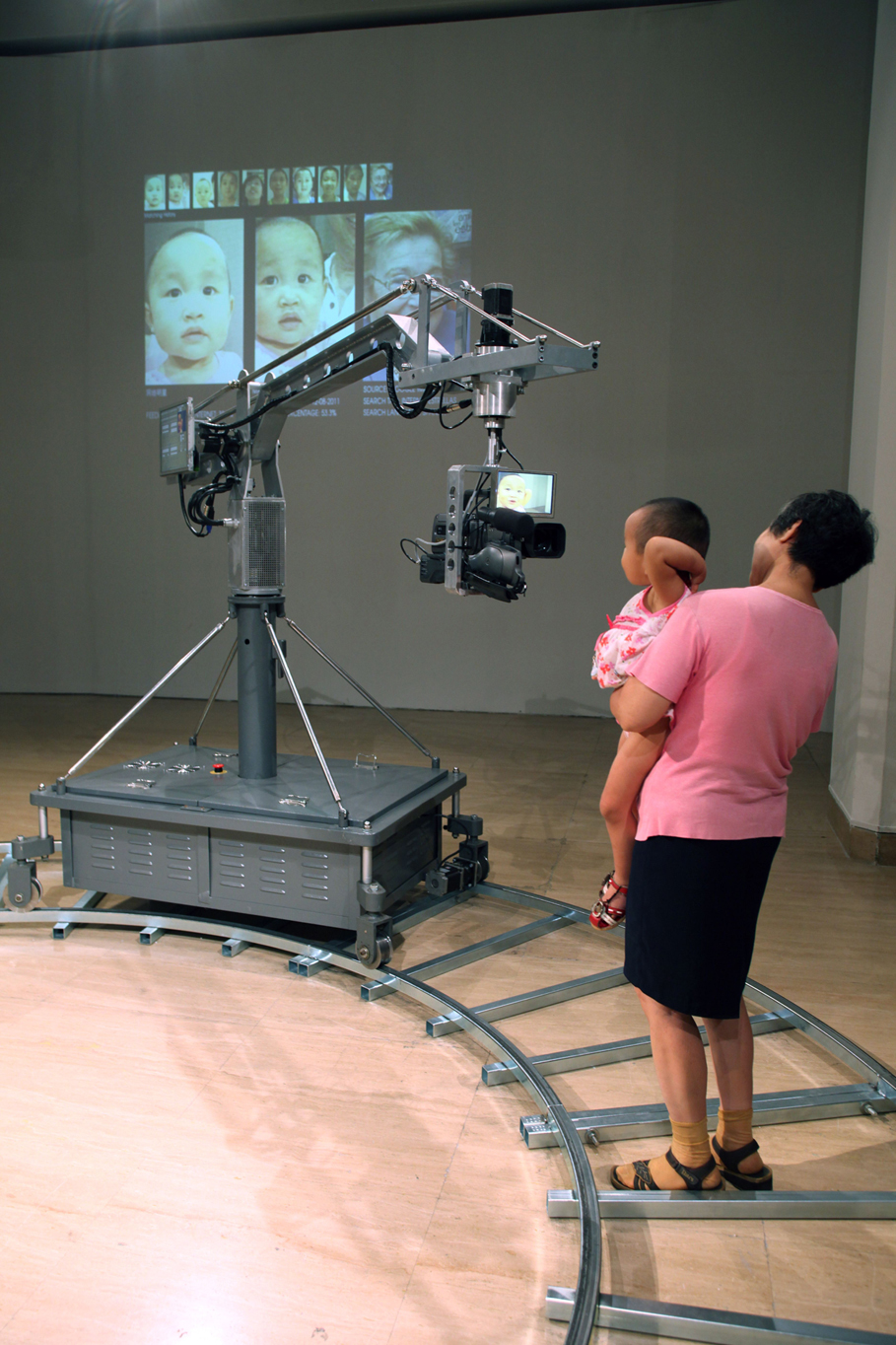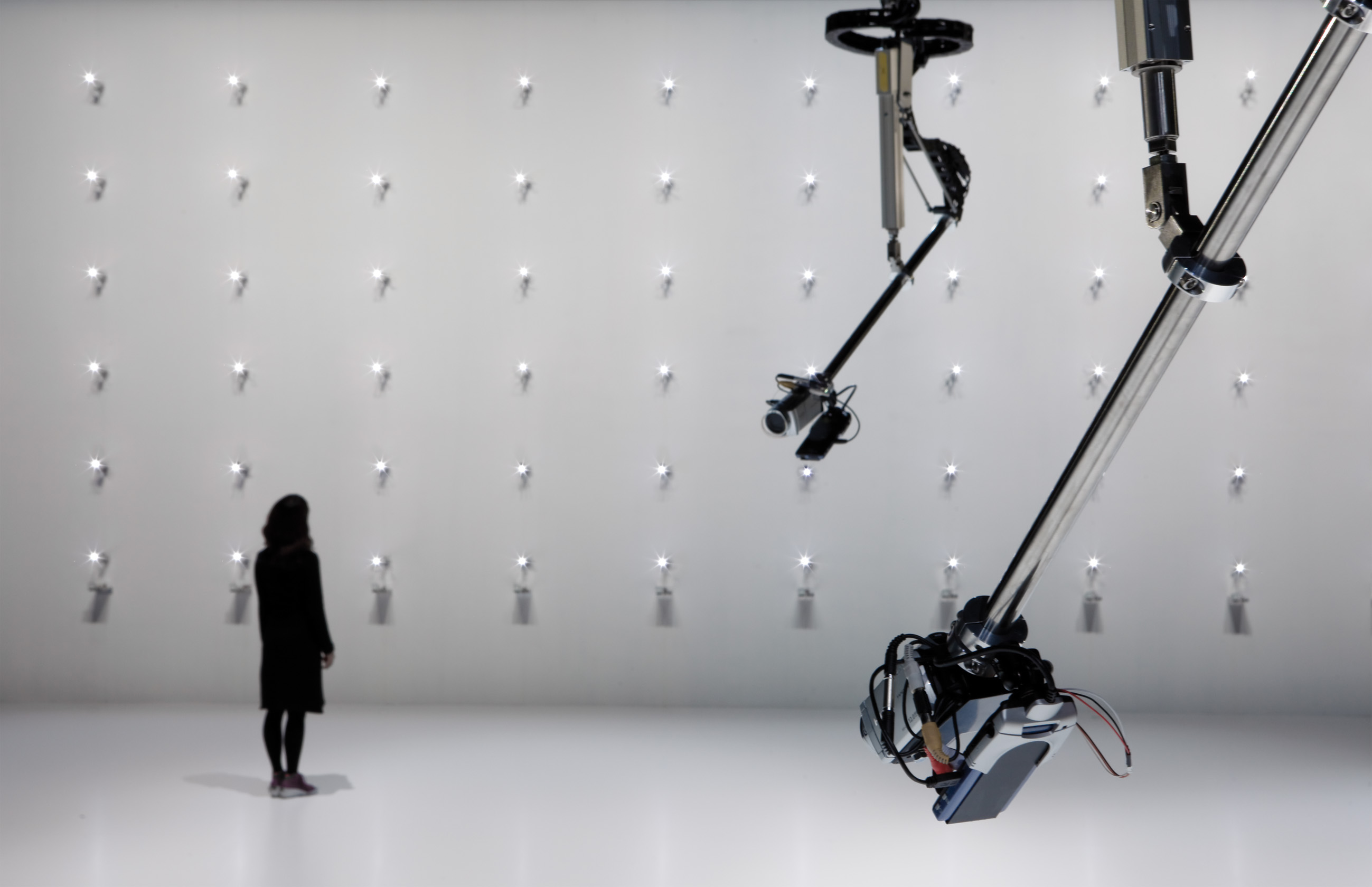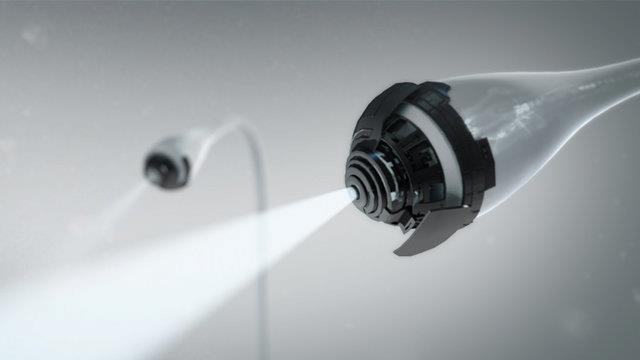
Su Yu Hsin
Frame of reference
Il lavoro Frame of Reference, prodotto in collaborazione con GFZ German Research Center for Geosciences e NCTU Disaster Prevention and Water Environment Research Center, mostra scienziati nella gola di Taroko a Taiwan che studiano la misura in cui le frane sono guidate dal tempo e influenzano il clima. Su Yu Hsin è interessato all’approccio degli scienziati: attraverso l’uso di reti di monitoraggio in tempo reale, il corpo della persona che osserva viene sostituito da telecamere, sismografi e stazioni meteorologiche per vedere oltre la scala del sistema percettivo umano. Con questo lavoro, l’artista Su Yu Hsin si interroga sulla formattazione delle relazioni scalari tra campo, laboratorio e database.











